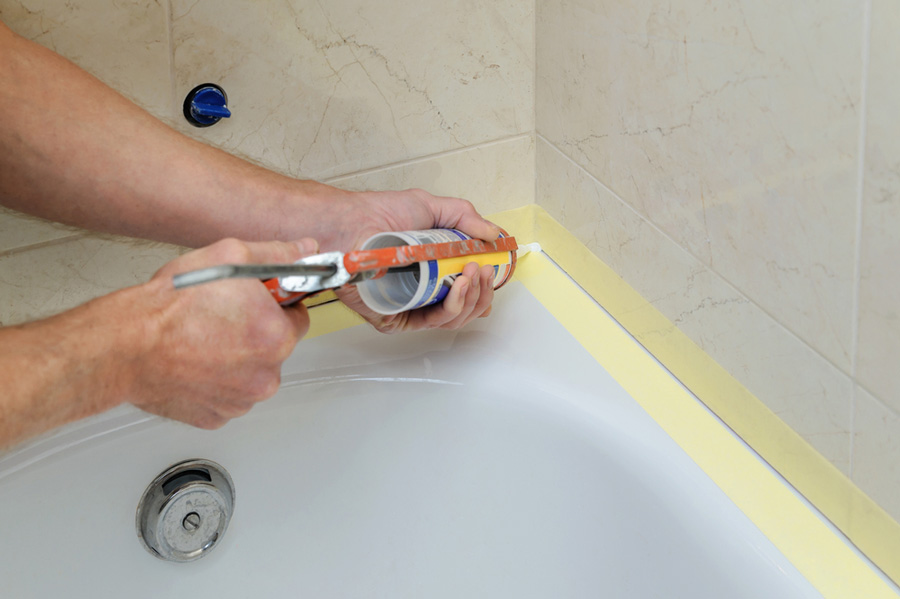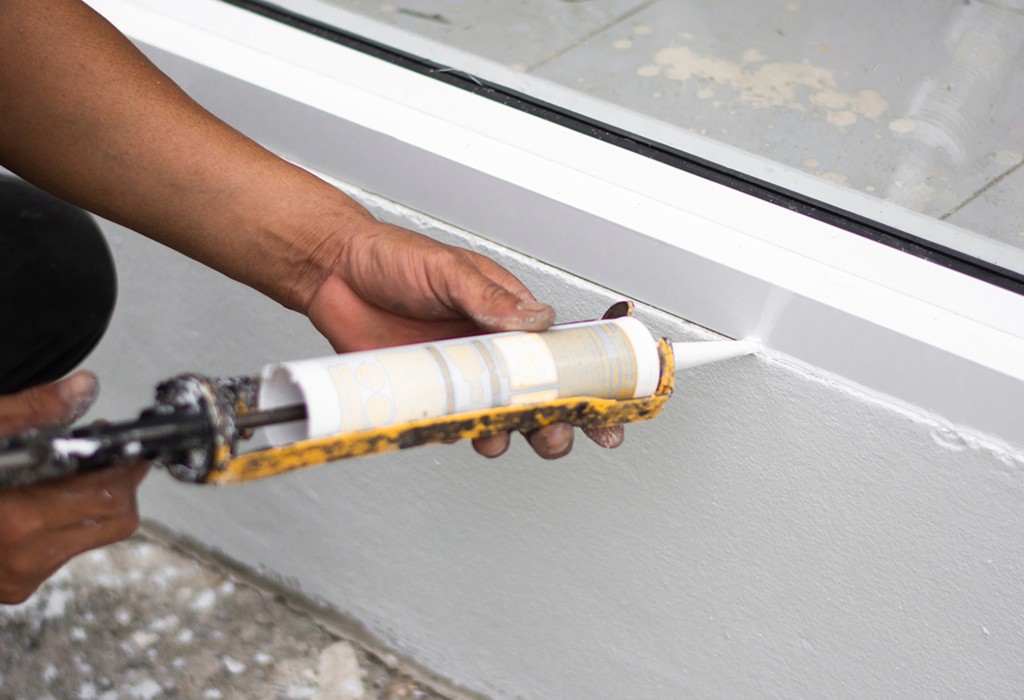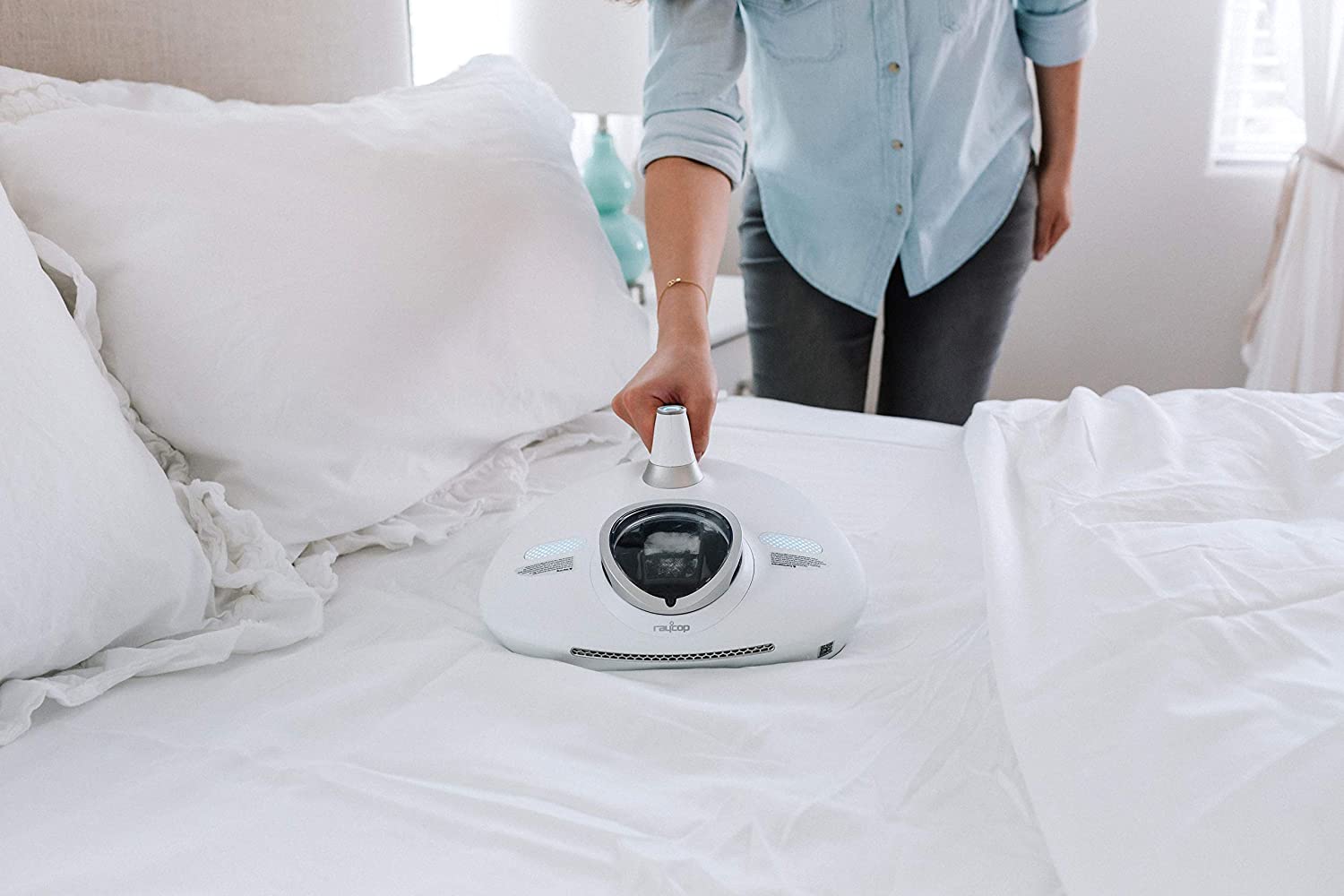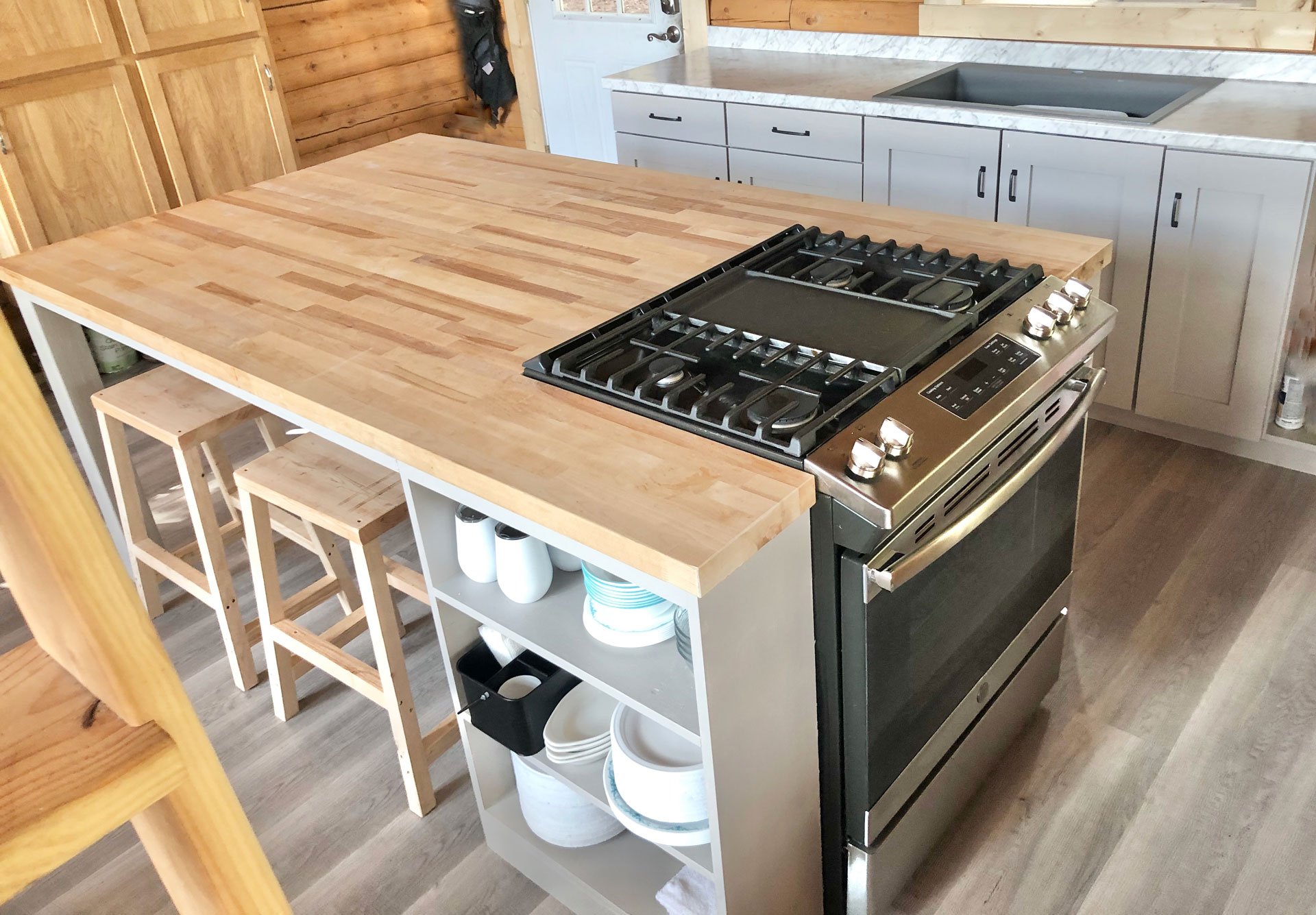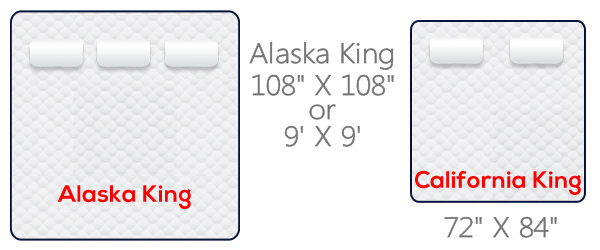Caulking around a kitchen sink may seem like a small and insignificant task, but it is actually an important step in maintaining the cleanliness and functionality of your kitchen. The caulk around your sink helps to seal any gaps or spaces between the sink and the countertop, preventing water and debris from seeping in and causing damage. In this guide, we will go through the steps of caulking around a kitchen sink to ensure a professional and long-lasting finish.How to Caulk Around a Kitchen Sink
When it comes to caulking around a kitchen sink, it is important to choose the right type of caulk. Silicone caulk is the most commonly used and recommended type for kitchen sinks, as it is waterproof and flexible, making it resistant to mold and mildew. Look for a caulk labeled "kitchen and bath" or "mold and mildew resistant" for the best results.Best Caulk for Kitchen Sink
Caulking can be a messy and frustrating process, but here are a few tips that can help make it easier and more efficient:Tips for Caulking a Kitchen Sink
Now let's dive into the step-by-step process of caulking around a kitchen sink:Step-by-Step Guide for Caulking Around a Kitchen Sink
Caulking around a kitchen sink is not just for aesthetic purposes, it also serves important functional purposes. Properly caulked sinks prevent water from seeping into the gap between the sink and countertop, which can lead to mold and mildew growth, as well as damage to the cabinets and surrounding areas. It also helps to keep your sink securely in place, reducing the risk of leaks and potential water damage.Importance of Caulking Around a Kitchen Sink
While caulking a kitchen sink may seem like a simple task, there are some common mistakes that can lead to a less-than-perfect result. Here are a few things to avoid when caulking around a kitchen sink:Common Mistakes When Caulking a Kitchen Sink
The frequency of caulking around a kitchen sink depends on the quality of the caulk and the amount of use your sink gets. Generally, it is recommended to check the caulk around your sink every 6-12 months and re-caulk if necessary. Signs that it may be time to re-caulk include cracks, gaps, or mold and mildew growth.How Often Should You Caulk Around a Kitchen Sink?
Before starting the caulking process, make sure you have the necessary tools on hand:Tools Needed for Caulking Around a Kitchen Sink
If you are re-caulking your kitchen sink, you will need to remove the old caulk first. Here's how to do it:How to Remove Old Caulk Around a Kitchen Sink
Properly caulking around a kitchen sink not only helps to maintain the appearance of your kitchen, but it also has several other benefits:Benefits of Properly Caulking Around a Kitchen Sink
The Importance of Caulking Around Your Kitchen Sink for a Functional and Beautiful Kitchen
 Caulking is an essential part of any plumbing project, and it is especially important when it comes to your kitchen sink. Not only does caulking provide a seal to prevent water leaks, but it also adds a finished look to your kitchen design. In this article, we will discuss the importance of caulking around your kitchen sink and how it can contribute to a functional and beautiful kitchen.
Caulking is an essential part of any plumbing project, and it is especially important when it comes to your kitchen sink. Not only does caulking provide a seal to prevent water leaks, but it also adds a finished look to your kitchen design. In this article, we will discuss the importance of caulking around your kitchen sink and how it can contribute to a functional and beautiful kitchen.
Prevents Water Damage and Mold Growth
 The main purpose of caulking around your kitchen sink is to prevent water from seeping into the cracks and crevices between the sink and the countertop. Over time, water can cause damage to the surrounding areas, leading to expensive repairs. Mold growth can also occur in these damp areas, which can be harmful to your health. By properly caulking your kitchen sink, you can avoid these potential issues and maintain a healthy and safe environment in your kitchen.
The main purpose of caulking around your kitchen sink is to prevent water from seeping into the cracks and crevices between the sink and the countertop. Over time, water can cause damage to the surrounding areas, leading to expensive repairs. Mold growth can also occur in these damp areas, which can be harmful to your health. By properly caulking your kitchen sink, you can avoid these potential issues and maintain a healthy and safe environment in your kitchen.
Keeps Your Kitchen Clean and Hygienic
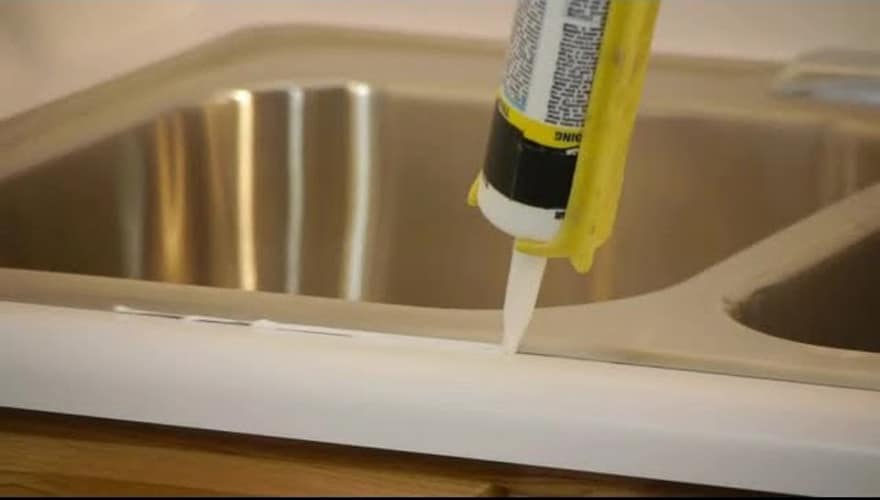 Without proper caulking, food particles, and other debris can easily get trapped in the gaps between your sink and countertop. This can create a breeding ground for bacteria and make it difficult to keep your kitchen clean and hygienic. With a well-sealed kitchen sink, you can easily wipe away any spills or crumbs, ensuring a more sanitary cooking space.
Without proper caulking, food particles, and other debris can easily get trapped in the gaps between your sink and countertop. This can create a breeding ground for bacteria and make it difficult to keep your kitchen clean and hygienic. With a well-sealed kitchen sink, you can easily wipe away any spills or crumbs, ensuring a more sanitary cooking space.
Enhances the Aesthetics of Your Kitchen
 In addition to its functional benefits, caulking also adds a finishing touch to your kitchen design. With a variety of colors and finishes available, you can choose the perfect caulk to match your kitchen's style and create a seamless look between your sink and countertop. This can make a significant impact on the overall appearance of your kitchen and elevate its aesthetic appeal.
In addition to its functional benefits, caulking also adds a finishing touch to your kitchen design. With a variety of colors and finishes available, you can choose the perfect caulk to match your kitchen's style and create a seamless look between your sink and countertop. This can make a significant impact on the overall appearance of your kitchen and elevate its aesthetic appeal.
Tips for Caulking Your Kitchen Sink
 To ensure a successful caulking project, here are some helpful tips to keep in mind:
- Choose a high-quality caulk that is specifically designed for kitchen and bathroom use.
- Clean the area thoroughly before applying caulk to ensure proper adhesion.
- Use a caulk gun for a neat and even application.
- Smooth the caulk with a wet finger or caulk finishing tool for a professional finish.
- Allow the caulk to dry completely before using your sink or countertops.
In conclusion, caulking around your kitchen sink is a crucial step in maintaining a functional and beautiful kitchen. It not only prevents water damage and mold growth but also contributes to a clean and hygienic cooking space. So, be sure to take the time to properly caulk your kitchen sink for a long-lasting and visually appealing result.
To ensure a successful caulking project, here are some helpful tips to keep in mind:
- Choose a high-quality caulk that is specifically designed for kitchen and bathroom use.
- Clean the area thoroughly before applying caulk to ensure proper adhesion.
- Use a caulk gun for a neat and even application.
- Smooth the caulk with a wet finger or caulk finishing tool for a professional finish.
- Allow the caulk to dry completely before using your sink or countertops.
In conclusion, caulking around your kitchen sink is a crucial step in maintaining a functional and beautiful kitchen. It not only prevents water damage and mold growth but also contributes to a clean and hygienic cooking space. So, be sure to take the time to properly caulk your kitchen sink for a long-lasting and visually appealing result.







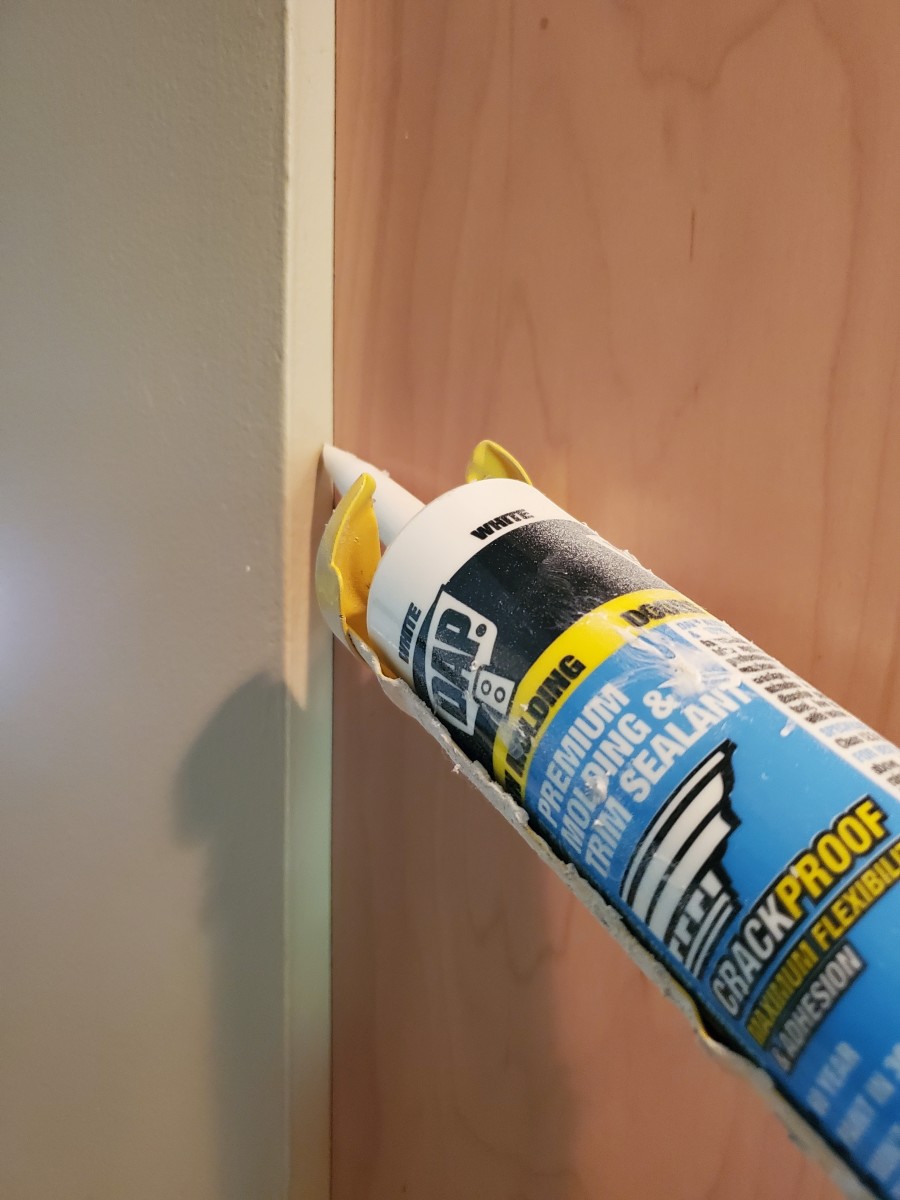
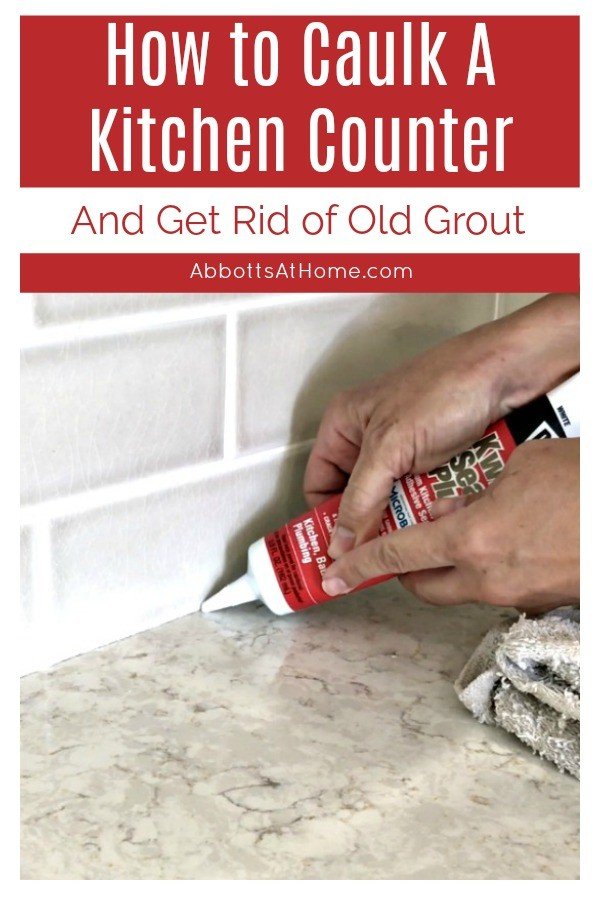





.jpg)









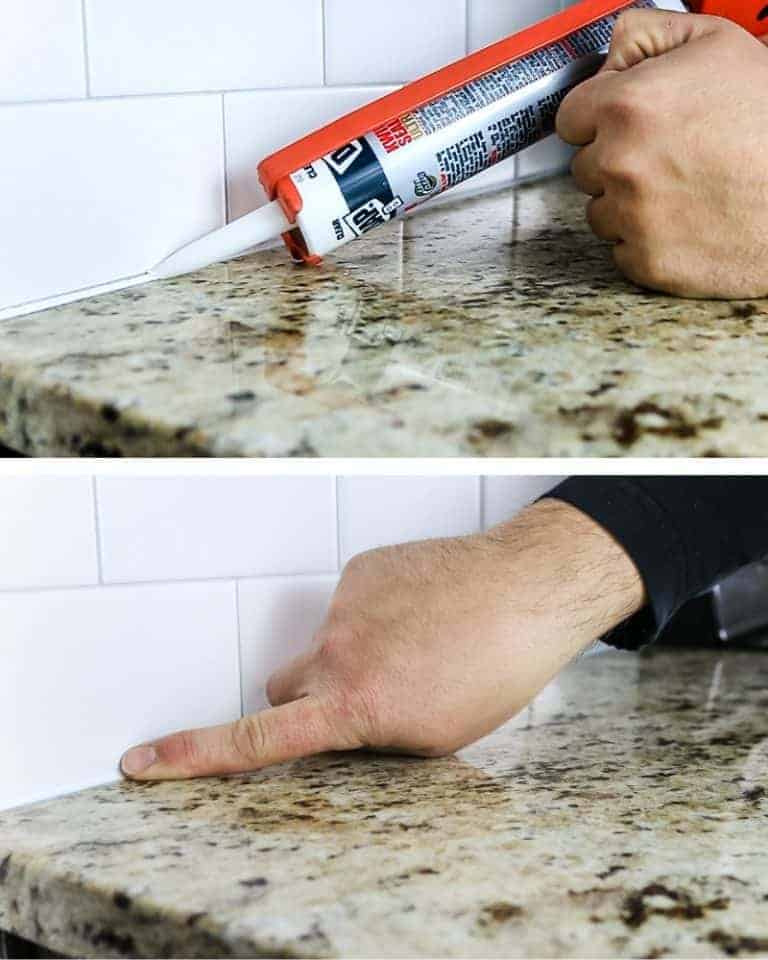




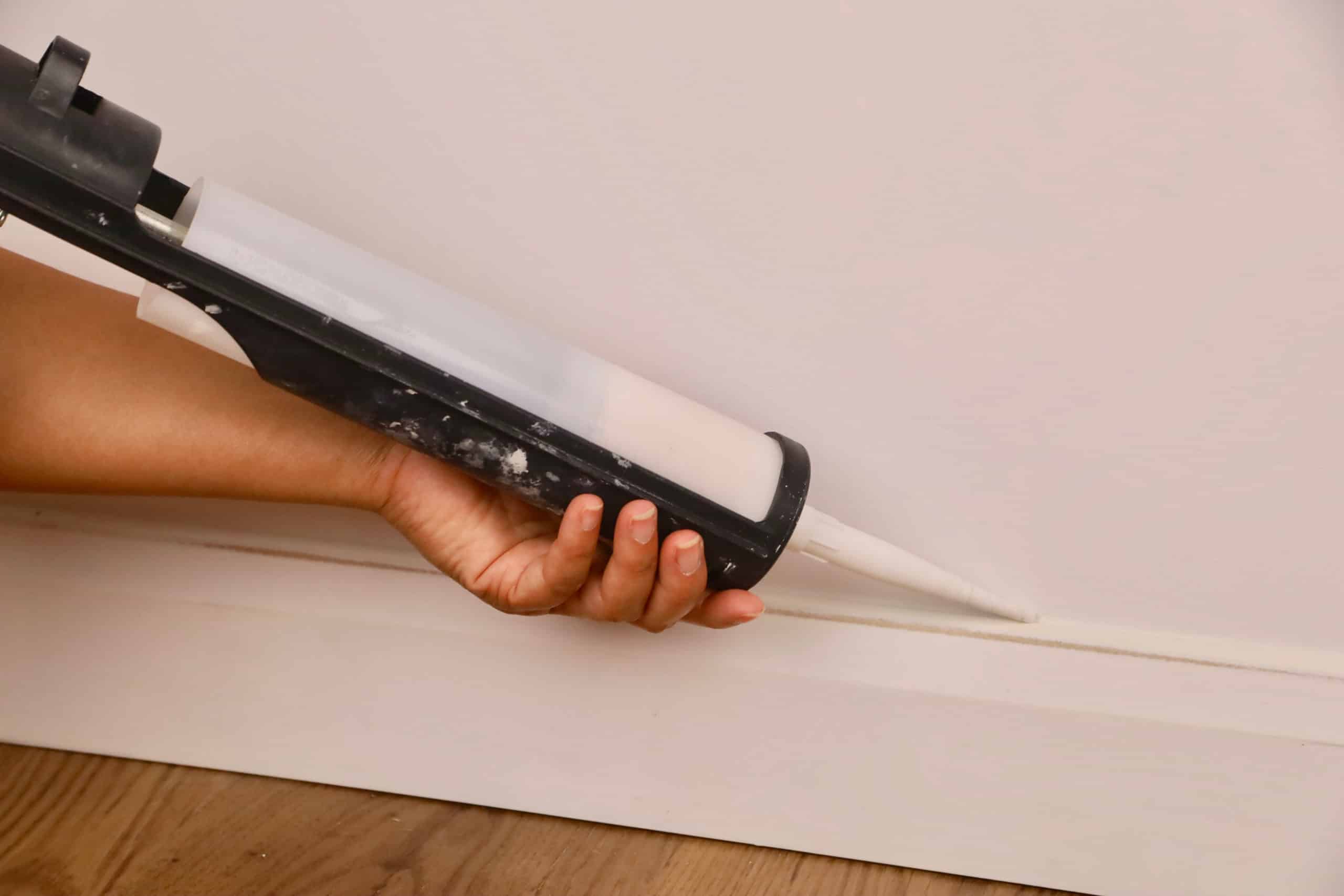








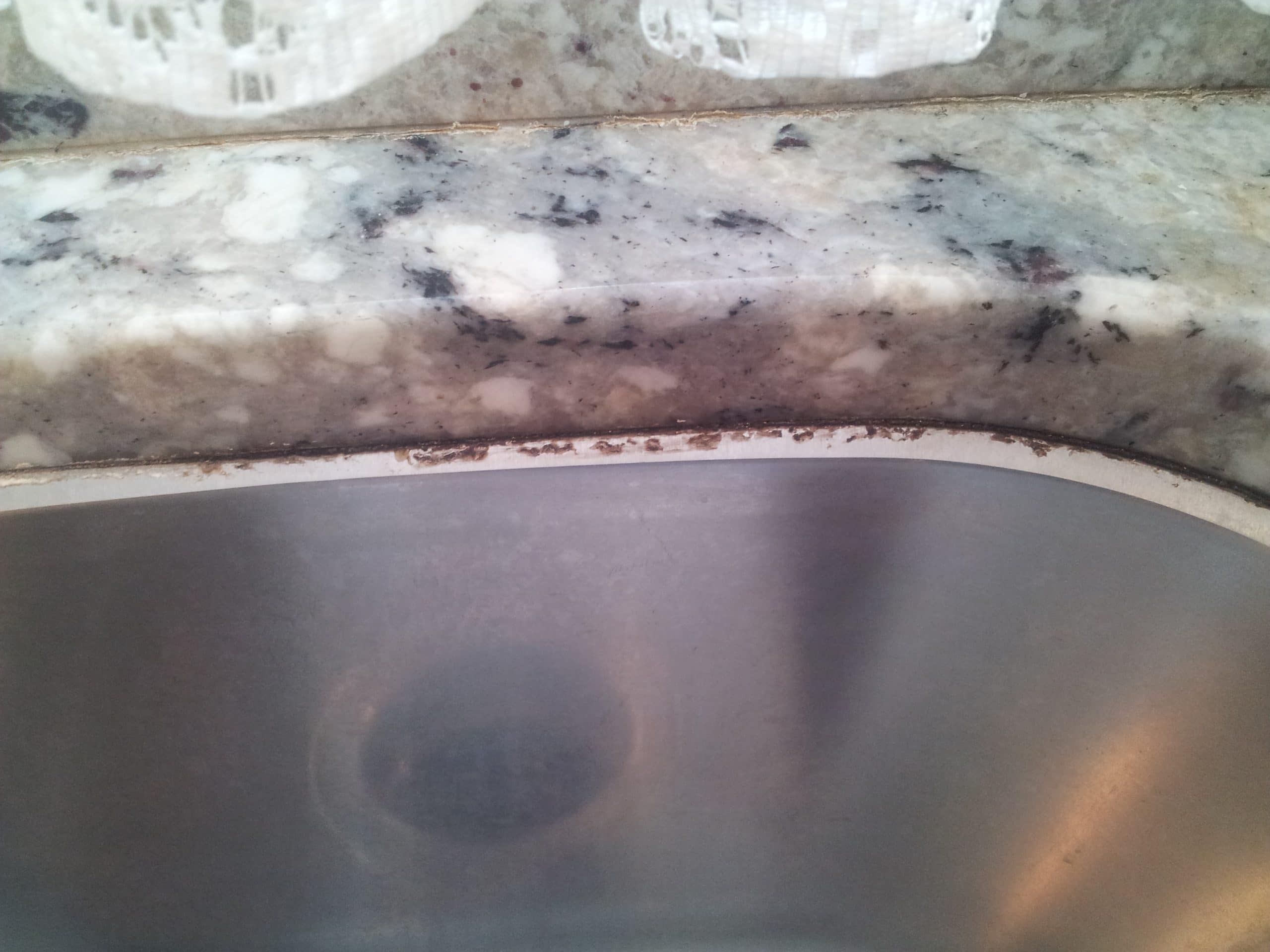














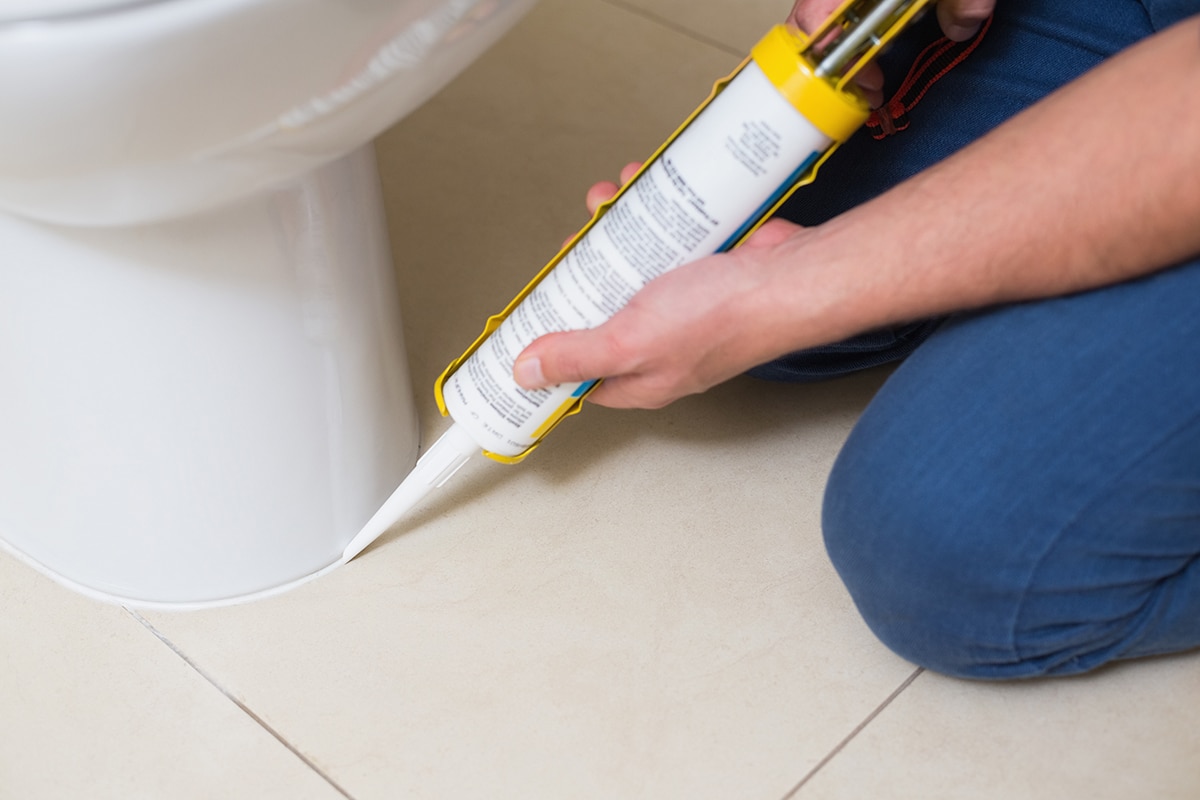





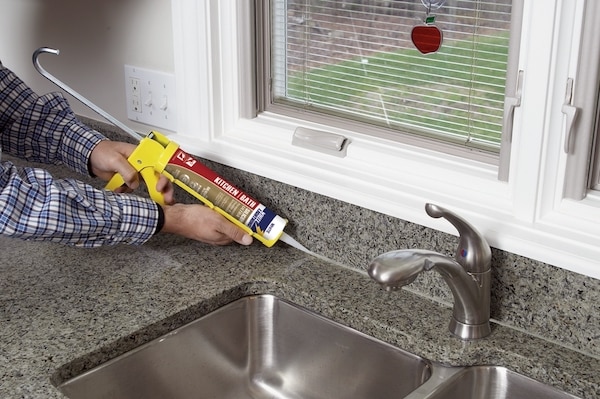
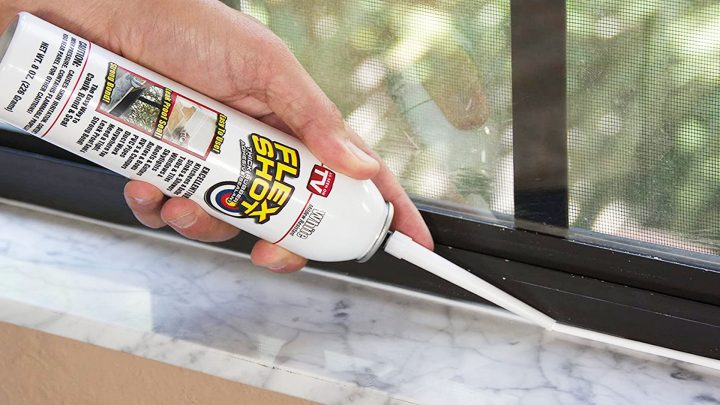



:max_bytes(150000):strip_icc()/how-to-remove-old-caulk-1824827-01-3d0370c59e124dbbaa6560c68bab111c.jpg)
